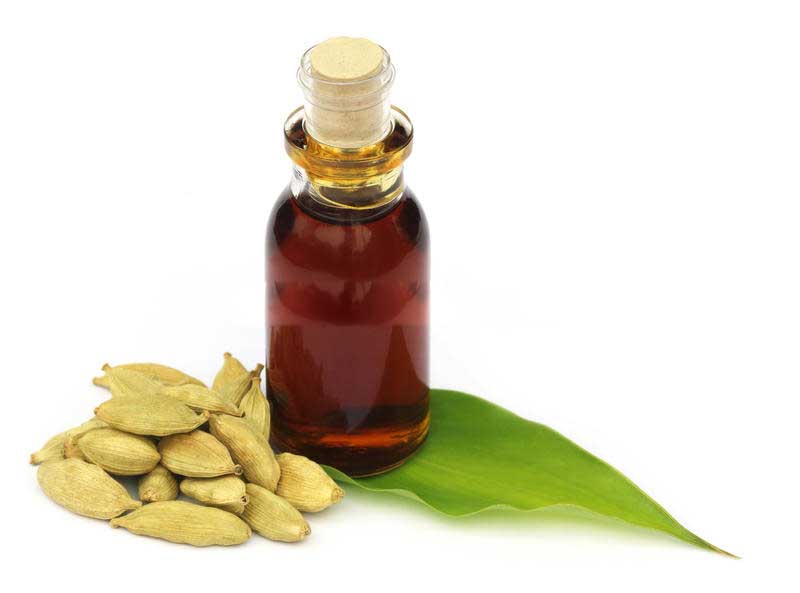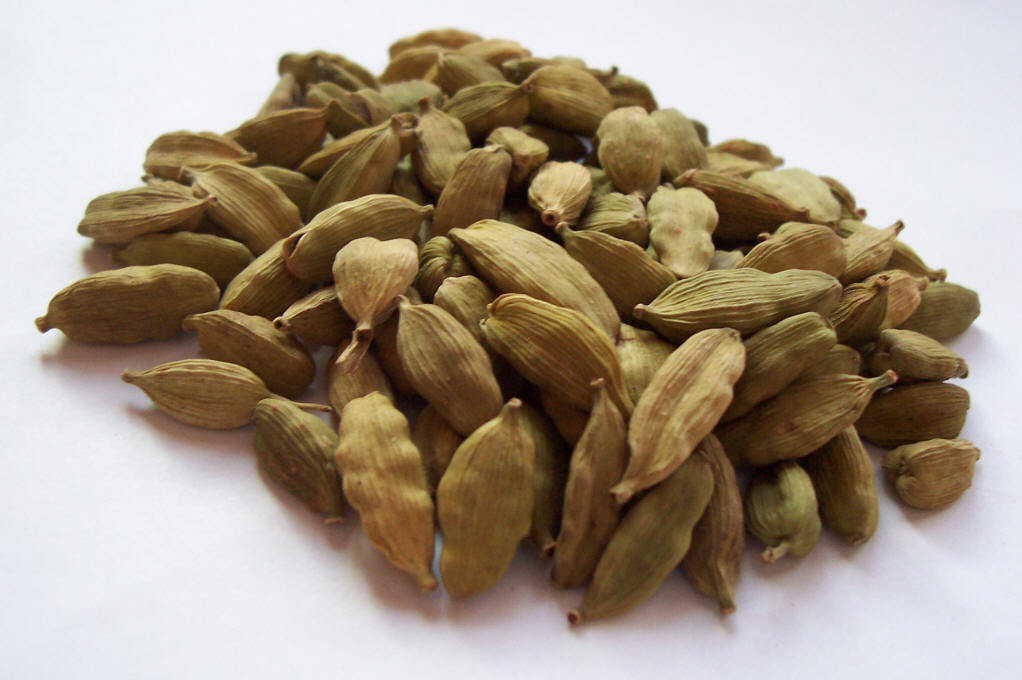Cardamom, a prized spice celebrated for its unique flavor and enticing aroma, also offers a treasure trove of therapeutic benefits in the form of essential oil. This article explores the extraction methods of cardamom essential oil, with a special focus on the highly efficient CO2 extraction technique and its superiority over other methods.
Cardamom Essential Oil and Its Diverse Applications
Derived from the seeds of the Elettaria cardamomum plant, cardamom essential oil is revered for its distinct scent and versatile properties. It finds applications in aromatherapy, perfumery, culinary delights, and traditional medicine due to its digestive, expectorant, and mood-enhancing effects.
Common Extraction Methods
Several extraction methods are employed to obtain cardamom essential oil, including steam distillation, solvent extraction, and CO2 extraction. In this article, we will delve into the CO2 extraction method, renowned for its efficiency, selectivity, and ability to yield premium-quality cardamom oil.
CO2 Extraction Method
Supercritical CO2 extraction, a state-of-the-art technique, utilizes carbon dioxide in its supercritical state as a solvent. This method involves subjecting cardamom seeds to high pressure and temperature, allowing the CO2 to behave as both a gas and a liquid, effectively extracting the essential oil while maintaining its aromatic profile and therapeutic potency.
Comparison of Cardamom Essential Oil Extraction Methods
| Extraction Method | Advantages | Disadvantages |
|---|---|---|
| CO2 Extraction | High extraction efficiency | High equipment cost |
| Selective extraction of essential oil components | Requirement for technical expertise | |
| Minimal solvent residue in the final product | ||
| Preservation of oil quality and aroma | ||
| Steam Distillation | Simplicity and widespread use | Lower extraction efficiency |
| Potential degradation of oil components | ||
| Longer extraction time | ||
| Solvent Extraction | High yield of essential oil | Use of organic solvents |
| Solvent residue in the final product | ||
| Potential alteration of oil composition |
CO2 Extraction Process
The CO2 extraction process for cardamom essential oil comprises several essential steps. Initially, cardamom seeds are loaded into an extraction vessel, which is then pressurized with CO2 gas until it reaches its supercritical state. In this state, the CO2 acts as a solvent, selectively dissolving the essential oil from the seeds. Subsequently, the CO2 and oil mixture is depressurized, allowing the CO2 to convert back to its gaseous state, leaving behind a highly concentrated and aromatic cardamom essential oil.
Advantages of CO2 Extraction for Cardamom Essential Oil
- High extraction efficiency, ensuring a greater yield of essential oil.
- Selective extraction of desired components, resulting in an oil with a well-rounded aroma and therapeutic properties.
- Minimal residue of solvents in the final product, making it safe for various applications.
- Preservation of the oil’s quality, aroma, and therapeutic benefits due to the gentle extraction process.
- Greater control over extraction parameters, enabling customization of the oil’s composition.
Cardamom oil
Cardamom oil is an essential oil, almost colorless or yellow liquid, with a characteristic spicy and camphor aroma.

Insoluble in water, soluble in 70% ethanol.
The relative density is 0.919—0.936 (20/20°C), the refractive index is 1.462—1.468, [α]D+22° to +41°, the acid value is as high as 6, and the ester value is 92—150.
Extracted from the fruit of cardamom, a plant of the ginger family. Mainly produced in Ceylon and the southern coast of India. The main ingredients are eucalyptol, pine oil, free terpineol, terpinene, limonene, dipentene and borneol.
Application
- Cardamom oil is used to prepare edible flavors, colognes and jasmine-type daily flavors, etc.
- Medicinal use can be used as aromatic stomachic and expelling agent.
- Cardamom root can be distilled to obtain a more fragrant oil than seed oil.
- Cardamom is known to be good for digestion working as a laxative it soothes colic, wind, dyspepsia and nausea, even when caused by pregnancy.
- It can be used as massage oil or diluted in the bath;
- Cardamom oil also aids digestion, coughs and can be used as a general tonic.
- It is vastly used in food ingredients and aromatherapy.
Method of extraction
Cardamom mainly contains volatile oil, the content is as high as 7%. The volatile oil obtained by ultrasonic extraction is composed of α-terpenylacetate (46.0%), eucalyptus (1, 8-cineole, 27.7%), and linalool (linalool). , 5.3%), α-terpineol (α-terpineol, 4.0%), and linalylacetate (3.5%) mainly, similar to those obtained from supercritical CO2 extraction;
If extracted with n-hexane, the volatile oil components are different. They are limonene (36.4%), eucalyptol (23.5%), terpinolene (8.6%), and myrcene (6.6%). In addition, it also contains farnesol, nerylacetate, pinene, nerolidol, sabinene and the like.
Physical and chemical indicators
- Appearance: colorless to light yellow liquid.
- Aroma: characteristic spicy, warm aroma, the top note has camphor and cineole-like scent, and the back has woody, sweet and spicy aromas.
- Relative density: 0.919~0.940 (20/20℃).
- Refractive index: 1.460~1.470.
- Optical rotation: +22°~+44°.
- Solubility: insoluble in water, soluble in ethanol and ether. One volume of oil sample is dissolved in 3 volumes of 70% ethanol and is clear.
- Main ingredients: 1,8-cineole, pinene, myrcene, limonene, linalool, linalyl acetate, terpineol-4, terpineol, terpineol acetate. Among them, the content of 1,8-cineole and terpineol acetate is relatively high, the content of cineole is 20%-35%, and the content of terpineol acetate is 30%-45%.
- Botanical Name: Elettaria cardamomum
- Plant Part: Seeds
- Extraction Method: SCFE
- Color: Pale yellow
- Consistency: Light
- Strength of Aroma: Strong
- Blends: Orange, Rose, Bergamot, Cinnamon, Cloves, Caraway and Cedar wood.
- Aromatic Scent: Cardamom essential oil is spicy and sweet in fragrance.
Cardamom
Mainly in Indonesia, Sri Lanka, India, Guatemala, Thailand, Vietnam, Madagascar. There are also a small amount of cultivation in Fujian, Guangdong and Yunnan of China.
Cardamom grows wild and is cultivated in India and Sri Lanka. It grows about 4 meters and has small yellow flowers, with a violet tip. Gray fruits follow the flowers containing many seeds.
According to different varieties, cardamom is divided into cardamom, nutmeg, etc. The cardamom referred to here is cardamom.
The scientific name of the authentic variety of cardamom is Elettaria cardamomum Maton.
Cardamom and ginger are plants of the same family, have similar functions and are less irritating.
Therefore, there are thick rhizomes and leaves like ginger, smooth and large, about 10 cm long, with small yellow-purple flowers, and six rows of brown seeds in the oval fruit, which are the source of the essential oil.
Cardamom seeds
Cardamom seeds and their extracts are commonly used edible flavors in South Asia and Southeast Asia, as well as antibacterial agents and insecticides.

Luciferase activity is low, indicating that the skin is prone to specific dermatitis. The activating effect of cardamom seed extract on luciferase activity shows that it has anti-inflammatory properties; the extract can enhance aromatase activity and help inhibit local The formation of cellulite has the effect of weight loss; the extract can still be used as an allergy inhibitor and hair growth agent.
History
Cardamom has been used since ancient times. Egyptians used it in incense, perfumes and for whitening teeth. The Romans used it for digestion after over-indulging in food. Arabs grounded it and mixed with their coffee and it has always been an important food ingredient in Asian cooking.
Conclusion
CO2 extraction emerges as a superior method for obtaining cardamom essential oil, offering high efficiency, selectivity, and minimal solvent residue. Despite the initial investment in equipment and the need for technical expertise, the advantages of CO2 extraction make it the preferred choice for industries relying on cardamom oil. Further research and innovation hold the potential for optimizing extraction methods and expanding the applications of this aromatic gem.
